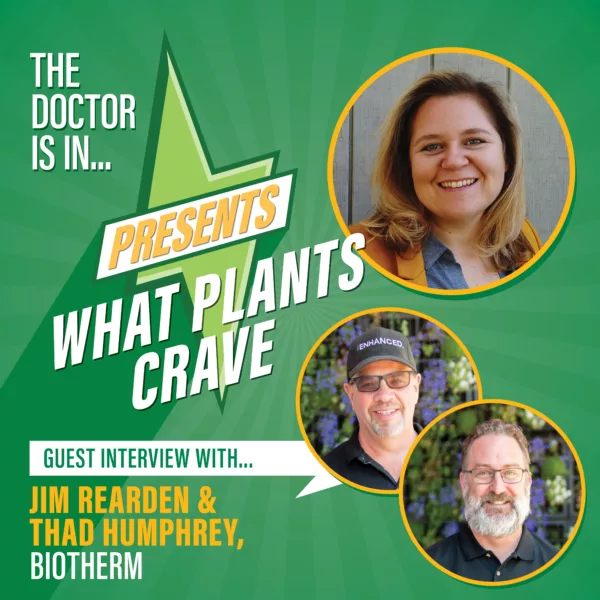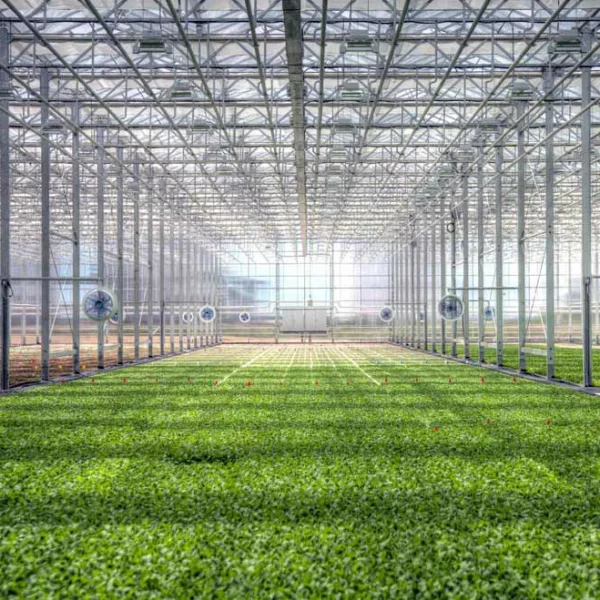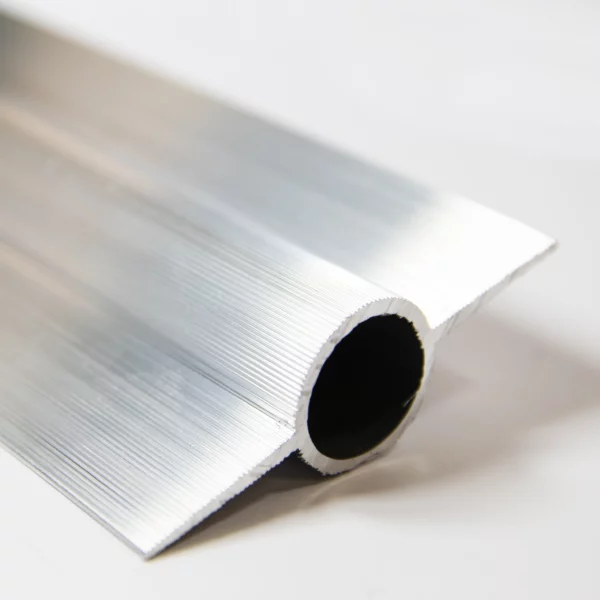The Brave New World of Low-Mass Boilers
As featured in GrowerTalks
• Should you replace an aging system?
• Should initial capital expenditure be the most important factor? Or should it be about long-term cost of operation?
• What about making sure that the environment created by the heating system optimizes plant health and production?
• Do you need to be concerned about local codes regulating emissions from the combustion process?
• Has heating technology advanced alongside other greenhouse innovations?
There’s good news for the greenhouse owner: Heating technology has evolved, and there are modern, proven, and reliable solutions in the form of Low-Mass boilers and hydronic (hot water) distribution systems.
Let’s break this down a bit first and create a good framework for considering a renovation or new system purchase. The first, and most obvious, decision has to do with how you distribute heating energy into a greenhouse structure. Basically, there are two essential choices: hot water or hot air.
In the U.S. market, we’re still lucky to have relatively low fuel costs, so growers can stay profitable even with lower efficiency equipment. That’s why many growers still install unit heaters, which are simply boxes that blow hot air into the growing area. The initial cost is lowest, but this is one place where you truly get what you pay for. There are so-called “high-efficiency” unit heaters now, but the whole approach of blowing air around to heat the zone is flawed if you’re trying to create the best production environment and have a goal of long-term sustainability for your business.
A quick survey of the global commercial horticulture industry reveals that America is the only place where we see unit heaters in so many facilities. What do Europeans and even Canadians know that keeps them from choosing “hot air” on their heating systems?
They know that using water, not air, to distribute heating energy is more fuel efficient and healthier for plants. Water can carry 3,500 times the amount of heat per volume compared to air. This means you can generate a lot of heat, route it through relatively small pipes and distribute it where it can be most effective with very tight control. By nature, hot air just goes up, but hot water can be delivered precisely and with incredible flexibility. In greenhouse growing, this usually means routing the heat close to the plants to improve production.
Floor heating, under-bench heating, in-bench heating, perimeter heating and under-gutter heating for snow removal and humidity control are all options for harnessing the power of hot water. Even though the initial cost of a hot water heating system is more, the precise distribution options, enhanced plant health and low operating costs add up to a very good investment.

If you’re now convinced that hot water is the best method to deliver heat, what’s the best way to heat up that water? Enter Low-Mass boilers. Unlike the somewhat intimidating High-Mass boilers of the past, these modern “hot water machines” don’t boil water at all—they quickly and efficiently transfer the heat from combustion into the water, which is then distributed as previously described. The most advanced Low-Mass boilers can do this with incredible efficiency. Some (condensing boilers, see sidebar) can use up to 99% of the heat produced by the burner.
“Low Mass” refers to boilers that are constructed of metals that transfer heat quickly—copper, stainless steel and even aluminum. They have maximum heat transfer and minimal water volume. Unlike the old days, they don’t look like a locomotive. They’re compact and boxy in appearance, and operate quietly and are cool to the touch, as opposed to the old ship boilers our fathers had. They’re “idle” when there’s no call for heat, minimizing standby losses.
But Low-Mass boilers deliver big power, with available sizes up to 150 horsepower, which can heat 60,000 sq. ft. of cold country greenhouse space.

Usually, these boilers are set up in a modular way—installed in a central space with multiple units working together to provide redundancy for heating safety. Multiple units are controlled using a sequencing control, integrated with the climate computer that supervises them in real time. This activates only the number of units needed for the heat load at that moment, optimizing the efficiency of the system.
Where hot air unit heaters are a one-trick pony, modern boiler systems like this offer many functions in one. They truly are the “heart” of the modern greenhouse because aside from providing hydronic heat for the growing space, they can also heat irrigation water to optimum temperatures using a heat exchanger and water tank. Studies show that irrigating plants with cold water can shock roots and stop growth.
These modern boilers burn very clean and comply with even the strictest emissions regulations. Their clean exhaust includes CO2, which can be harnessed by safe, industry-specific extraction systems that monitor, control and deliver this vital enrichment to the plants.

Low Mass boilers are true “utility players” in the field of greenhouse heating. When growers work through investment decisions to build or upgrade a growing facility, Low-Mass boilers should be a big part of those considerations.
What is a “condensing boiler”?
Burning 100,000 BTUHs of natural gas (or liquid propane) creates about 1.25 gallons of water vapor. In older systems, if the water returning to the boiler was too cold, or the chimney was set up wrong or the combustion was out of adjustment, then this water vapor might “condense” on the heat exchange surfaces, spelling disaster for the boiler. This condensate is aggressive, with a pH of around 4.0, kind of like vinegar.
To avoid this problem, most boilers in the past were engineered to suppress heat extraction from the fuel (into the heating system) to ensure that enough heat energy remained in the exhaust to lift and carry all the moisture away from the boiler to avoid corrosion. This means that boilers (and air heaters) that aren’t designed to condense the products of combustion waste a lot of energy with maximum thermal efficiencies of around 84%, sending the other 16% up the chimney.
Today’s condensing boilers are designed with more “noble” metals than their predecessors. Where old-fashioned boilers used to be made from cast iron or steel, the modern condensing versions are able to withstand the corrosive condensate by using stainless steel, aluminum (and in some smaller residential units, even plastic composites) for the heat-exchange surfaces, thereby allowing them to extract the maximum amount of energy from the fuel being burned. Today’s condensing boilers are designed to squeeze the most energy possible from the fuel and gather the condensate, which can be sent to the drain (which may require treatment with a charcoal filter). Some growers even include the boiler condensate in their irrigation strategy.



